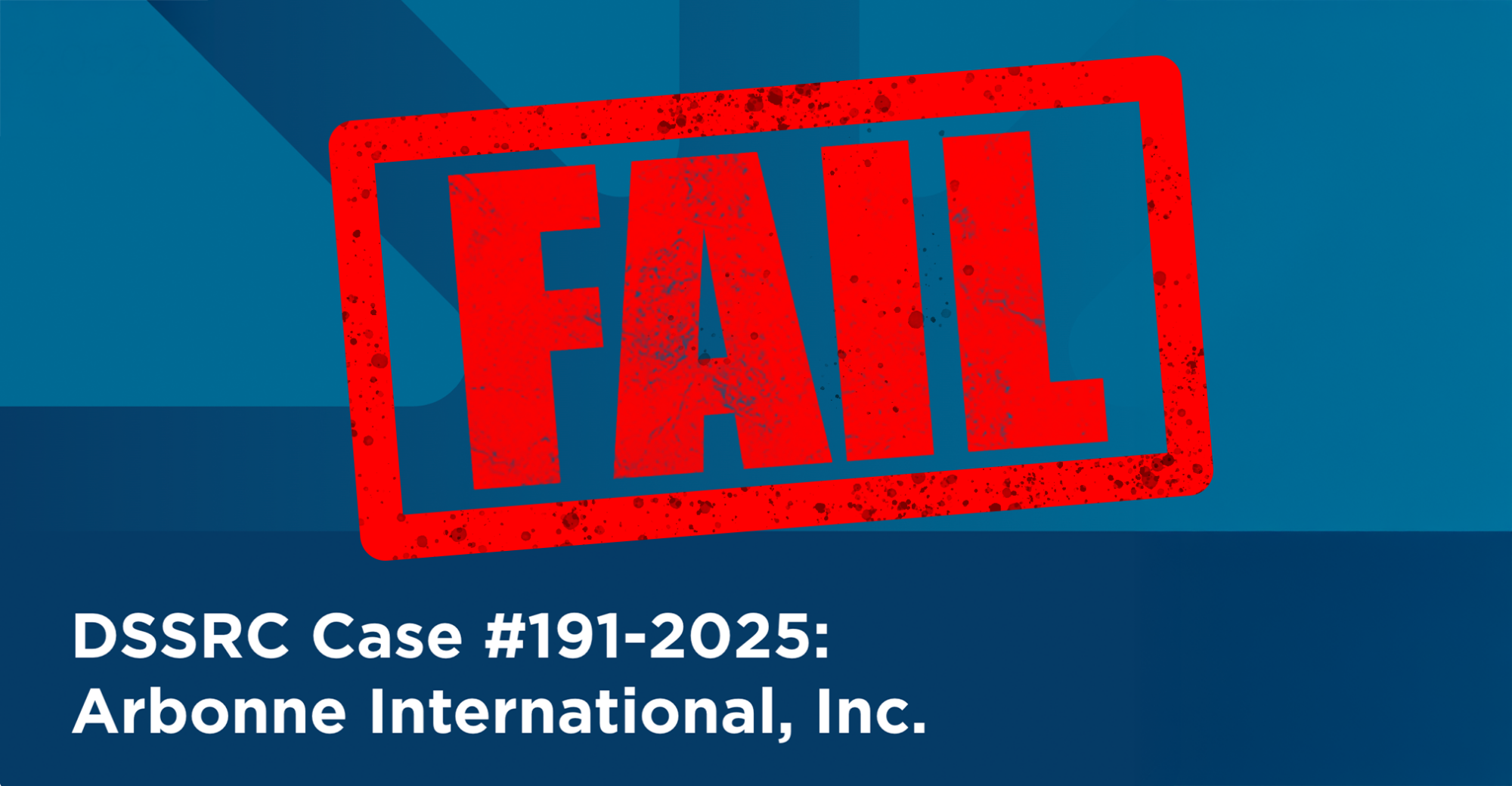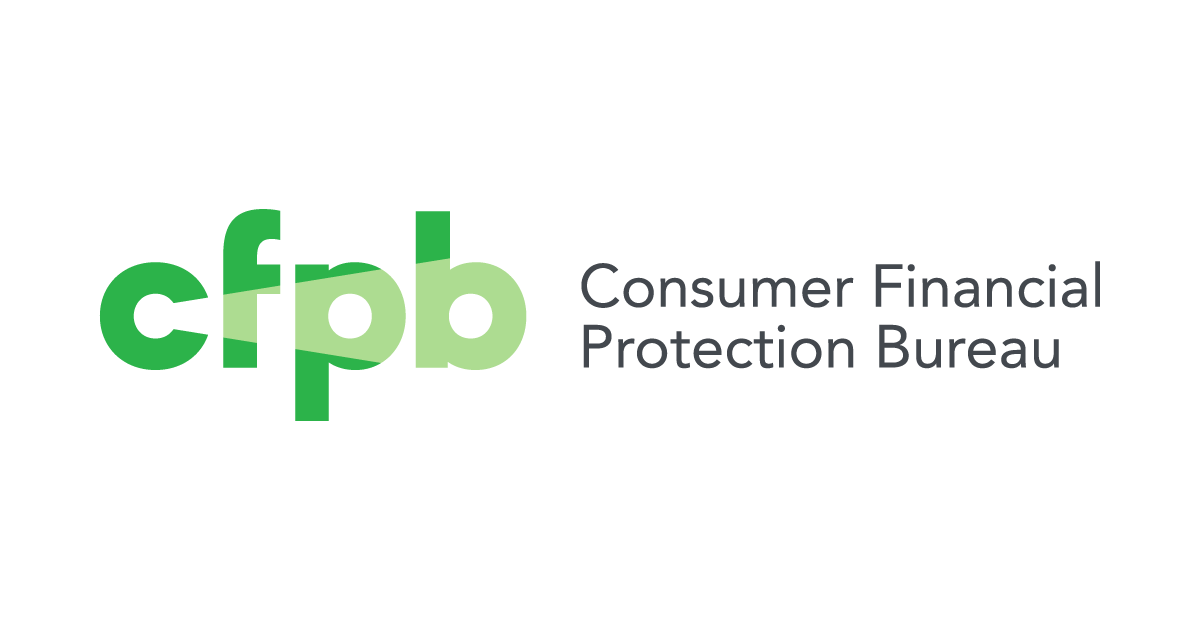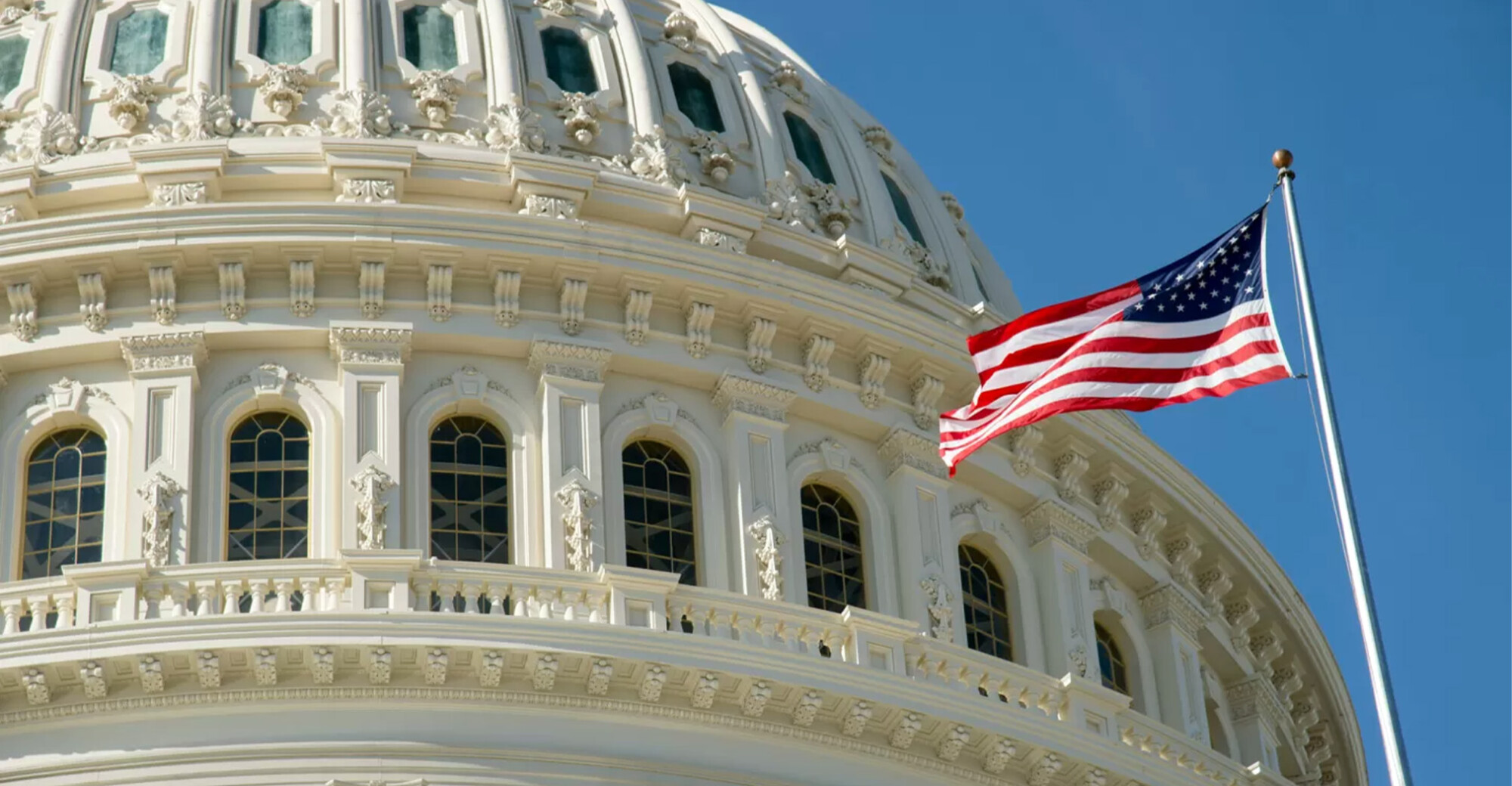
DSSRC’s Arbonne Decision Gets It Wrong
Council blesses MLM’s use of unsubstantiated earnings claims.
TINA.org submits comment to FTC urging further revisions to stay relevant and effective.
Today, TINA.org filed a comment in connection with the FTC’s request for information regarding its Guides Concerning the Use of Endorsements and Testimonials in Advertising, which tell marketers how to use endorsements in ads without misleading consumers. Two years ago, as part of the agency’s systemic review of all current FTC rules and guides, the commission requested and received more than 100 comments pertaining to whether – and if so, how – the Guides should be revised (which were last revised in 2009). Now, in 2022, the FTC has drafted proposed revisions and has sought public comment on its proposals.
TINA.org has done extensive work in this area, including warning letters to hundreds of brands and endorsers, and complaints to regulators about more than 100 companies and influencers, on issues ranging from social media endorsement marketing that fails to properly disclose material connections (like DJ Khaled and the Kardashians), to deceptive testimonials that promote atypical results, frequently in the form of unusual income and earnings claims (like so many MLM companies), to testimonials that make unsubstantiated disease-treatment claims (like many supplement makers, MLM companies, and even a pillow company). Our work has made clear that the use of deceptive endorsements and testimonials in marketing has been and continues to be a serious problem and one that deceives millions, including children, seniors and other susceptible consumers. These tactics will only continue to flourish if not effectively reined in by regulators. As such, TINA.org suggested a number of additions to the FTC’s proposed revisions, including the following:

TINA.org urged the FTC to provide some parameters.
To date, more than 50 other comments have been filed with the FTC regarding its proposed revisions to the Guides. We’ll be keeping tabs on the commission’s next steps. Check back for updates.
Council blesses MLM’s use of unsubstantiated earnings claims.
Legislators should protect the work of the Consumer Financial Protection Bureau.
Some members of Congress want to kill a popular “Click to Cancel” Rule.


